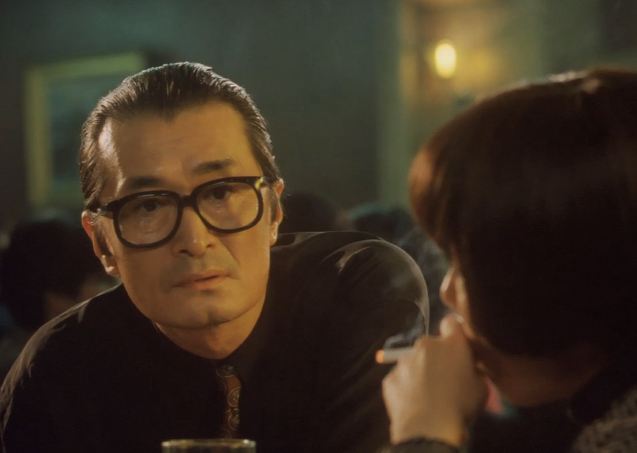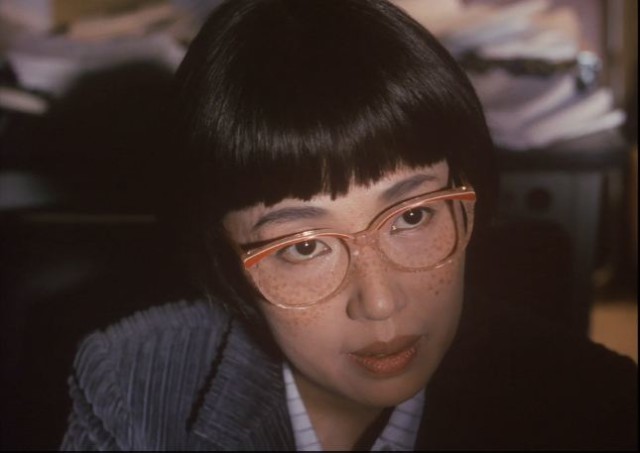At first Japan’s ‘economic miracle’ in the late 20th century was seen as one of the greatest economic comebacks of any country devastated by war. It did not have a functioning economy after World War II but thanks to a concerted global effort spearheaded by the U.S. to help rebuild it, its resurgence in the 1950s was nothing short of astonishing.
It also helped that millions of Japanese citizens dedicated themselves to revive the economy. Those postwar years were crucial for Japan’s emergence as an economic powerhouse in the 1980s. But while that period helped the country turn itself around in such a short span of time, the 50s, 60s and 70s would also plant the seeds of dysfunction that would create the social, political, and economic malaise still afflicting Japan today.
Ahmad Coo is a producer and copy editor for the Global Business show on CGTN America. His analysis represents his views alone.
That transmutation of Japanese society into an unrecognizable, twisted version of its pre-war state is what Juzo Itami’s “A Taxing Woman” explores. 2017 marks the 30th anniversary of its premiere in Japan and is now part of the Criterion Collection. It’s set in the country’s go-go 80s when the sudden explosion in wealth and status served to turn the country’s traditions and values on their heads and began unraveling the very fabric of society.
The director Juzo Itami chose to train his camera and storytelling skills on what drove Japanese society during those years: Unbridled greed. The film is dominated by crooks, gangsters, confidence men, and thieves. When it comes to making money, Itami’s characters are terrifyingly amoral. But his characterization of society’s underbelly wasn’t too divorced from reality. The film’s exploration of it was brutally scathing, not least because of Itami’s reputation as one of the country’s sharpest satirists.
The 80s were a decade of excess for the wealthy Japanese. Thanks to an economic boom and Bank of Japan’s extremely loose monetary policy, aggressive investor speculation was rife- especially in the stock market and real estate. That fed into a trend of outrageous consumption. The decade would see record breaking sums paid for art and property.
For example, a Japanese insurance firm would pay a record $40 million for Van Gogh’s Sunflowers. One billionaire paid more than $80 million for Dr. Gachet, another of the painter’s masterworks. Even the country’s conglomerates were guilty of frivolous purchases. In the late 80s Mitsubishi would buy New York city’s iconic Rockefeller center for $2 billion, a sum even mind-boggling for today.
When this film was released in 1987, Japan’s stock markets had already been showing signs of strain. Still, investors and traders believed the party would never stop. The movie explores the excesses of the decade, with characters flaunting their wealth in terms of cars, property and mistresses. If you’re not familiar with what happened to Japan’s economy after the 80’s boom, the country’s financial and stock markets imploded in the 90s and erased trillions of dollars of assets. It can be argued that the Japanese economy has never been able to recover from it. The 90s and the early aughts are known as the ‘lost decades’.
Hideko Gondo, played by the legendary Japanese actor Tsutomo Yamazaki, is the epitome of 80s excess. He’s driven around town in a Rolls Royce by a chauffeur, he has two mistresses, a wife, a ridiculously large mansion complete with a panic room and probably Japan’s first mobile phone. Back in the 80s it was the size of a mini ice box.

Tsutomo Yamazaki (L) as Hideki Gondo and Nobuko Miyamoto (R) as Ryoko Itakura in “A Taxing Woman” Courtesy: Criterion Collection
Gondo is also one of the shrewdest tax-dodgers the country has ever seen. Previous attempts to investigate him and his income from his dozens of seedy hotels failed to yield any results. But he would meet his match in Ryoko Itakura from the Tokyo government’s Tax Bureau, played by Nobuko Miyamoto- the real life wife and muse of the director.
She’s hard-nosed, perceptive and relentlessly intelligent in her pursuit of tax dodgers. But she’s an anomaly. Ryoko’s office is mainly comprised of men- a contrast that Itami uses to highlight the disadvantage of being a woman in a male-dominated culture. She doesn’t suffer fools though, and her hard-driving style wins the respect of her colleagues. Thanks to Miyamoto’s very quirky performance, Ryoko has become one of the more memorable characters in Japanese cinematic history. She actually won a Japanese academy award for the role.
At first, Gondo’s tax dodging schemes are almost impenetrable. He’s done such a good job hiding his money that even his closest aides, wife and mistresses aren’t aware that he’s worth tens of millions of dollars. But even though Gondo thought he had every possible scenario covered, his undoing would come from left field.
“A Taxing Woman” wouldn’t have been as entertaining to watch if it weren’t the great interplay and chemistry between the two leads, Gondo and Ryoko. For most of the movie, they’re playing a game of intricate cat-and-mouse- with Ryoko playing an increasingly frustrated cat. But with her persistence- along with a little outside help- she ultimately bests Gondo and outs his massive fortune.
While the suspenseful and nearly breathless back and forth between a cunning Gondo and the relentless tax investigators can put viewers on the edge of their seats, the movie really stands out for this writer because it captures the Japan of the 1980s and everything that was wrong with it. That period in Japan’s history has largely been forgotten by the world- or hardly explored in popular culture nowadays. The film is already 30 years old but it remains vital as a cultural artifact.
The Japan of today is the product of that period. So much of its dysfunction and also what made it unique can be seen in the film. “A Taxing Woman” can still move any Japanophile to tears because it taps into so much nostalgia- a veritable celluloid time machine that lets us relive and see a decade that held so much promise and heartbreak for the Japanese.
 CGTN America
CGTN America
 Nobuko Miyamoto as Ryoko Itakura in ‘A Taxing Woman’ Courtesy: Criterion Collection
Nobuko Miyamoto as Ryoko Itakura in ‘A Taxing Woman’ Courtesy: Criterion Collection

